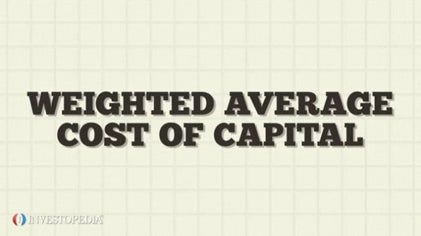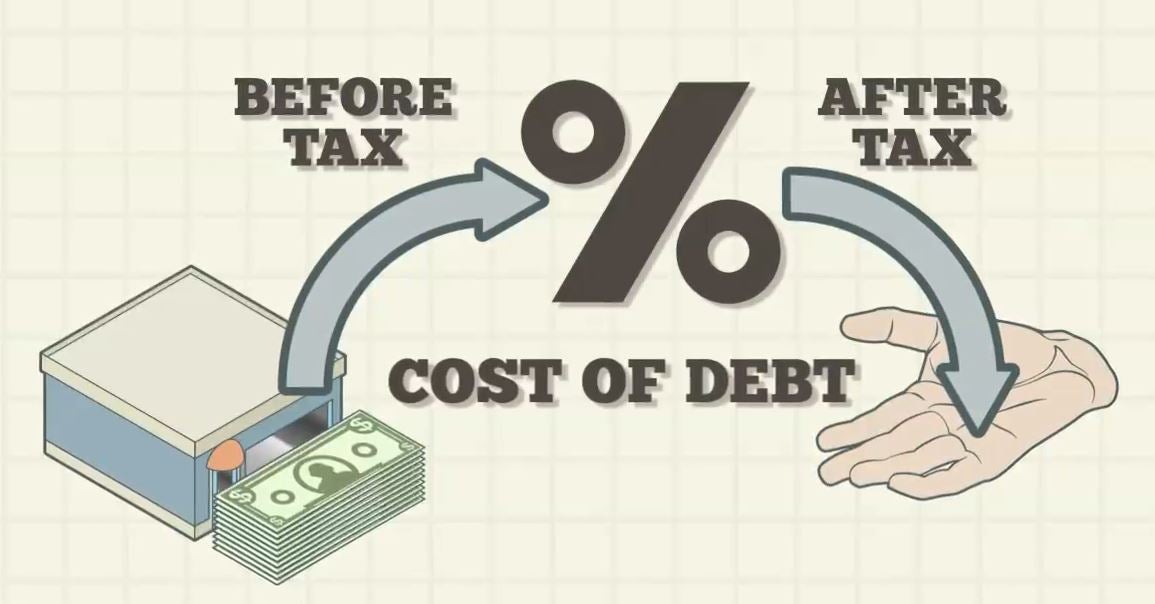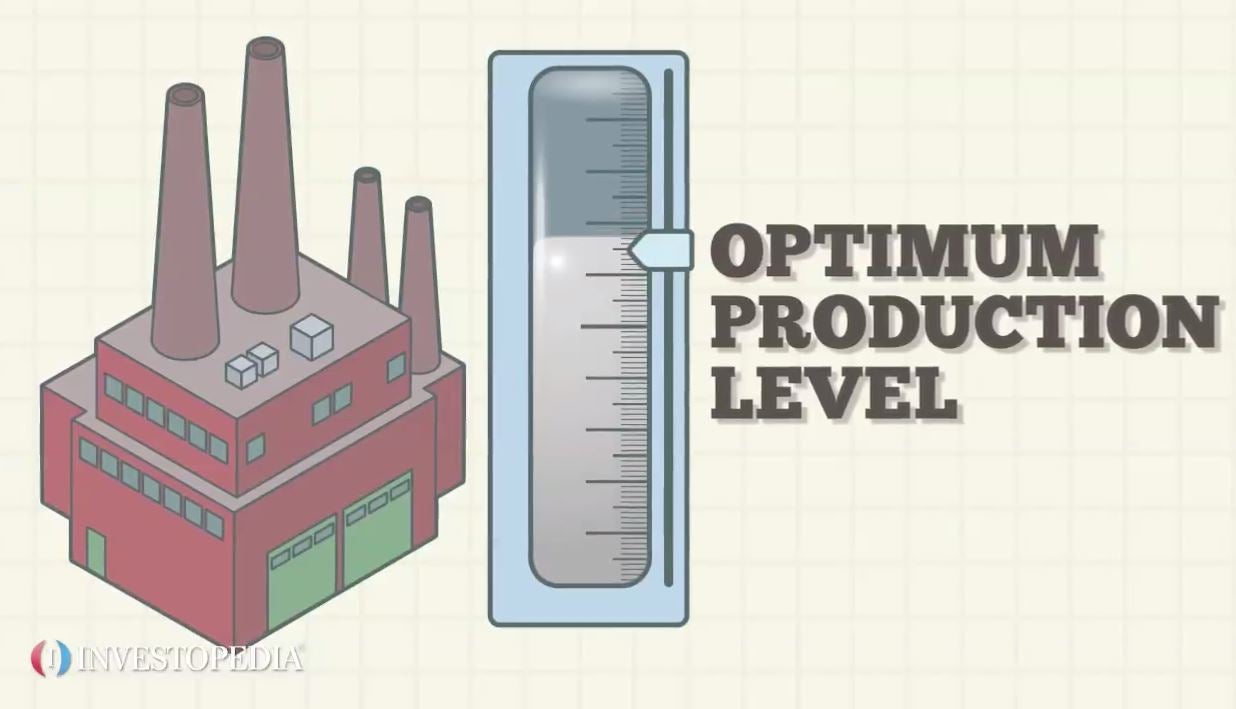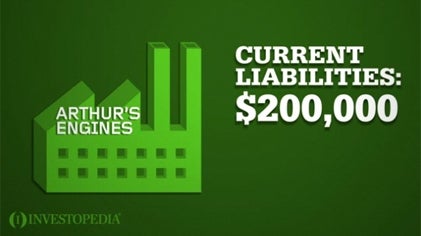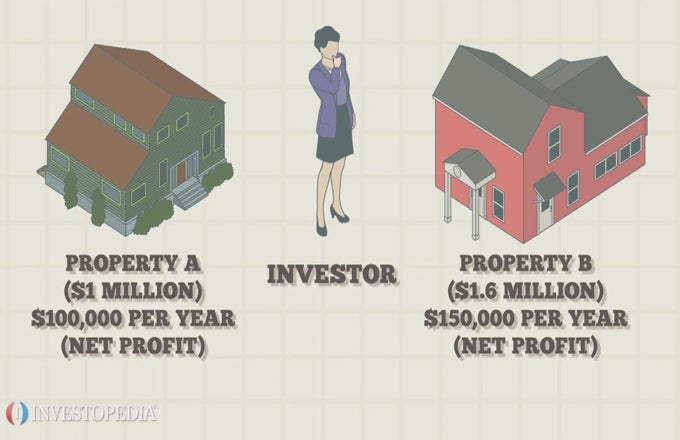Cost of capital is the cost of funds used to finance a business.Typically, corporations obtain financing through a combination of issuing equity in the form of shares, and by taking on debt through borrowing from banks or issuing bonds. The people who provide a company with its capital also want to earn a return on their investment. Combined, those factors comprise a company’s overall cost of capital. The cost of debt is the interest a company pays. The cost of equity is the compensation investors demand in exchange for owning a company’s shares. The overall cost of capital is the weighted average of a company’s capital sources, also known as the weighted average cost of capital, or WACC. The cost of capital is used to discount future cash flows from potential projects and estimate their net present value. Companies want an optimal financing mix. Debt has tax advantages over equity financing. But too much debt results in high leverage, leading to high interest rates to compensate lenders for the risk of higher default. Businesses use cost of capital to analyze whether or not to proceed with a project. As long as the cost of capital is below the rate of return that the company earns by using its capital, it’s a good investment. If the capital needed to make money exceeds the amount of money the capital will generate, it’s a bad investment.
